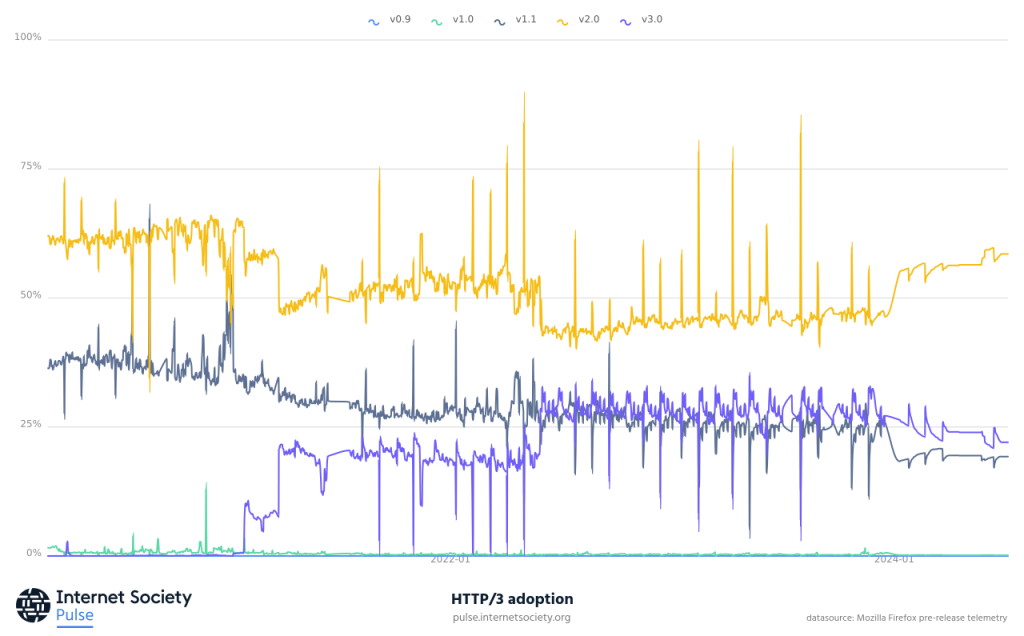According to a new report, Iran’s restrictive Internet policies and regulatory framework, coupled with international sanctions imposed on Iranian web services, negatively affect Internet quality, cost, and reliability, compromising Iran’s digital economy.
Prepared by the not-for-profit Tehran E-Commerce Association, the report provides an updated overview of the challenges and issues facing the Iranian Internet sector and its users based on measurement and survey data collected between April and December 2023.
Since 2022, the Iranian government’s ongoing service blocking and censorship techniques and longer-term strategy to localize infrastructure and services have introduced a substantial burden on the network, subsequently impacting user experience.
Read: Iran is Losing More than USD $1M GDP Daily from Blocking Internet and VPN Services
As we note in the report, the equipment and methods to enforce user access restrictions have failed to achieve their intended objectives. Furthermore, the limited accuracy and substantial error rate of deep packet inspection tools have contributed to network congestion, compromising the quality of service delivery for domestic businesses and, in many instances, inadvertently targeting critical domestic infrastructure, undermining the intended objective of these restrictions.”
Moreover, Iranian users face additional challenges, including the unfair financial burden of employing circumvention tools, such as VPNs, which can be several times higher than the average monthly cost of mobile data.
A 2023 report by Yekta Net estimates that at least 64% of Iranian Internet users used VPN tools to access popular foreign social media sites, which have been restricted since the 2022 protests. A recent Data for Governance Lab estimate suggests that the Iranian VPN market has grown to a significant value of 5,000 billion tomans, equivalent to around USD 85 million.
This has led to Iran’s Internet having a similar profile to that of poor and underdeveloped countries. The report uses a reproducible Internet Quality Index to contextualize these claims, which compares and ranks various Internet censorship and performance metrics for 50 of the top 100 countries per Gross Domestic Product (GDP). (See the report for methodology).
Below are other key findings:
Restrictions
- A large proportion (49/100) of globally popular websites are blocked in Iran, with China the only country blocking more (64/100). This includes adult content, online retail and e-commerce, graphic tools, entertainment tools, international news agencies, reputable university websites, and scientific journals.
- Some local Internet Service Providers (ISPs) are employing coarse IP address filtering techniques—in some cases blocking the entire /24 (256 IP addresses)—instead of restricting specific domains. This is leading to unintended websites being blocked.
- Google Play has been blocked, compromising the security of millions of digital devices, including mobile, tablet, and smart TV, as users cannot download official apps or required updates.
- Around 600 local websites, including 57 of the top 100 e-government websites, have been geoblocked, meaning ex-pats cannot access them abroad.
- There is no warning that websites or IPs will be blocked and no way to get them unblocked. More than 8 million URLs have been blocked in the past 14 years due to government filtering policies, highlighting the persistence and irreversibility of its decisions.
- Internationally imposed sanctions have also restricted access to local online services and resources.
- Internet users in Iran lack a way to determine whether website unavailability is due to government filtering policies, geoblocking/economic sanctions, or technical infrastructure errors.
Performance
- According to Cloudflare Radar, from April to November 2023, bandwidth increased from 4.0 Mbps to 4.8 Mbps, and latency decreased from 146 ms to 136 ms. Both metrics rank among the lowest of the 50 countries reviewed for the report’s Internet Quality Index.
- According to Google CrUX, Google’s loading speed for Iranian users has become three times slower since 2018, increasing from 2.5 seconds to 6.323.
- The total volume of Iran’s international traffic at the end of 2021 was 8 Tbps. While the Ministry of ICT has yet to provide a transparent report, Internet experts estimate that this number decreased to about 3 Tbps in October 2022 and reached 6 Tbps in winter 2024. Technical factors such as access layer restrictions, sensitivity to increasing international bandwidth capacity, and blocking access to popular social media platforms have decreased traffic.
- HTTP/3 adoption rates in Iran are extremely low (Figure 1). Testing by the report authors suggests that using HTTP/2 and HTTP/3 in Iran is less efficient than HTTP/1.

Measuring Can Help Hold Governments Accountable
The Tehran E-Commerce Association hopes that publishing regular and accurate reports like this (the second now) will stimulate positive change through multistakeholder discussion and further research.
To this end, the report concludes with 13 recommendations, including:
- Improving the technical architecture, including reactivating the local Internet Exchange Point, unblocking QUIC and HTTP/3, and creating redundancy in all parts of the country’s bandwidth supply.
- Supporting network development, including expanding fiber optics and 5G networks and critical technologies.
- Improving transparency surrounding disruption and filtering decisions, and implementing a viable reviewing and dispute mechanism.
- Revising filtering regulations, including reforming Iran’s Computer Crimes Law to stop nationwide IP-based and protocol-based blocking, and unifying domestic and foreign hosting laws to ensure equal treatment for all online entities.
- Recognizing the right to access the Internet as an Inherent right of citizenship.
The goal is to hold government institutions accountable, mobilize public advocacy and campaigns to promote Internet freedom and secure quality of service and develop practical solutions to improve the Internet experience for Iranian users.
Read the translated (English) and original (Persian) report.
Contributor: Samuele Fratini
Imad Payande is an Internet Governance Researcher for Governance Lab.
The views expressed by the authors of this blog are their own and do not necessarily reflect the views of the Internet Society.
Photo by Sajad Nori on Unsplash


